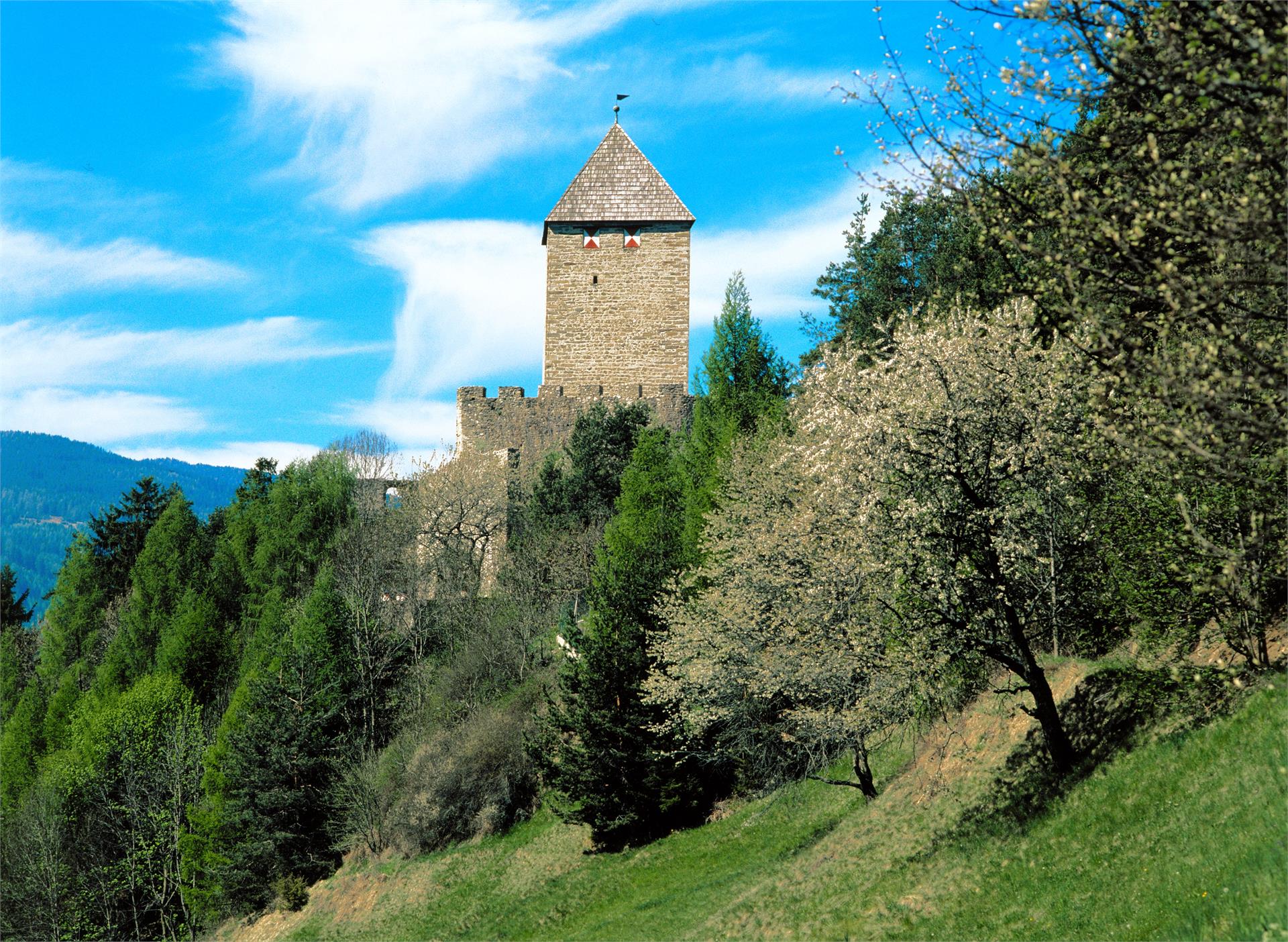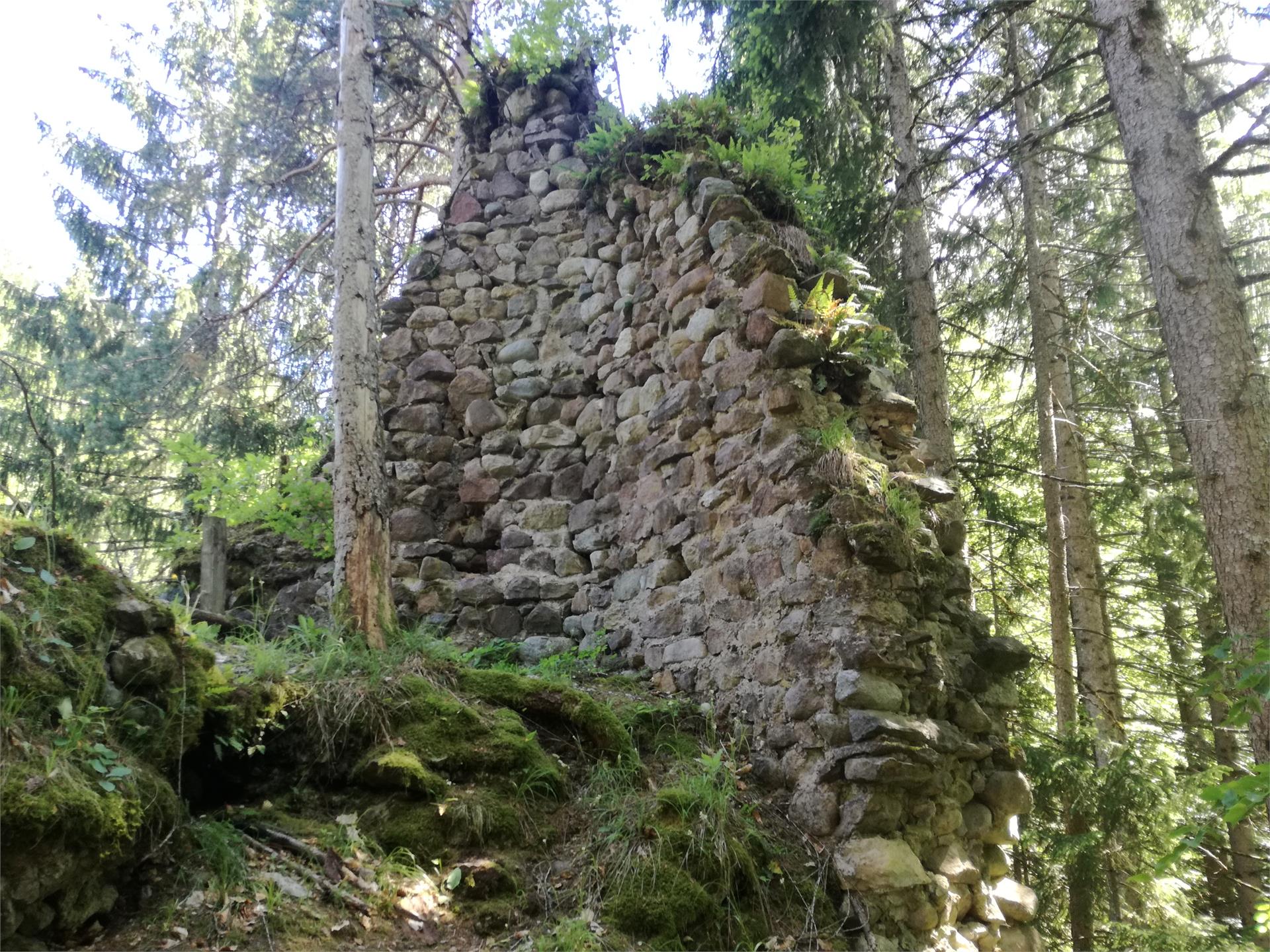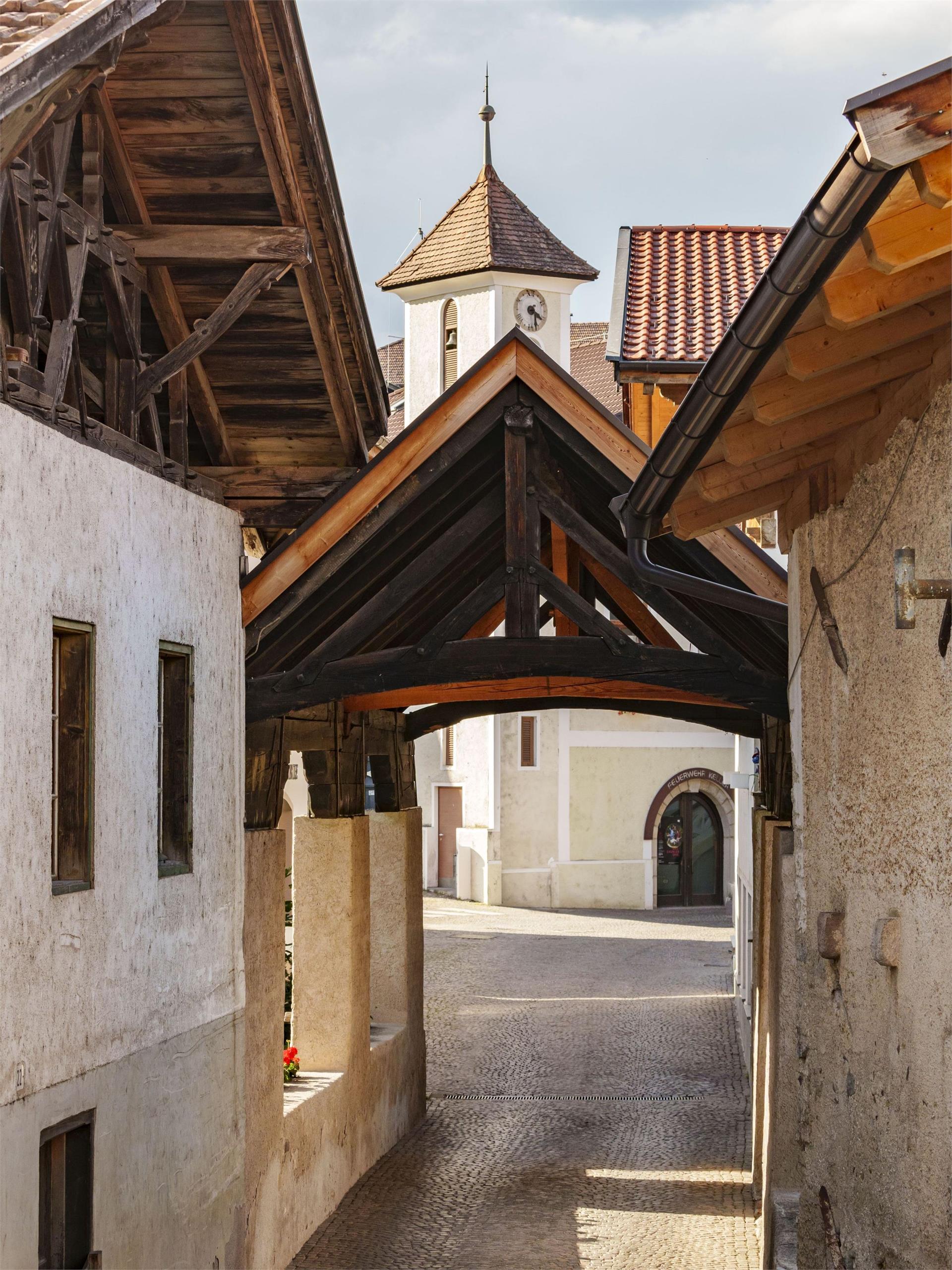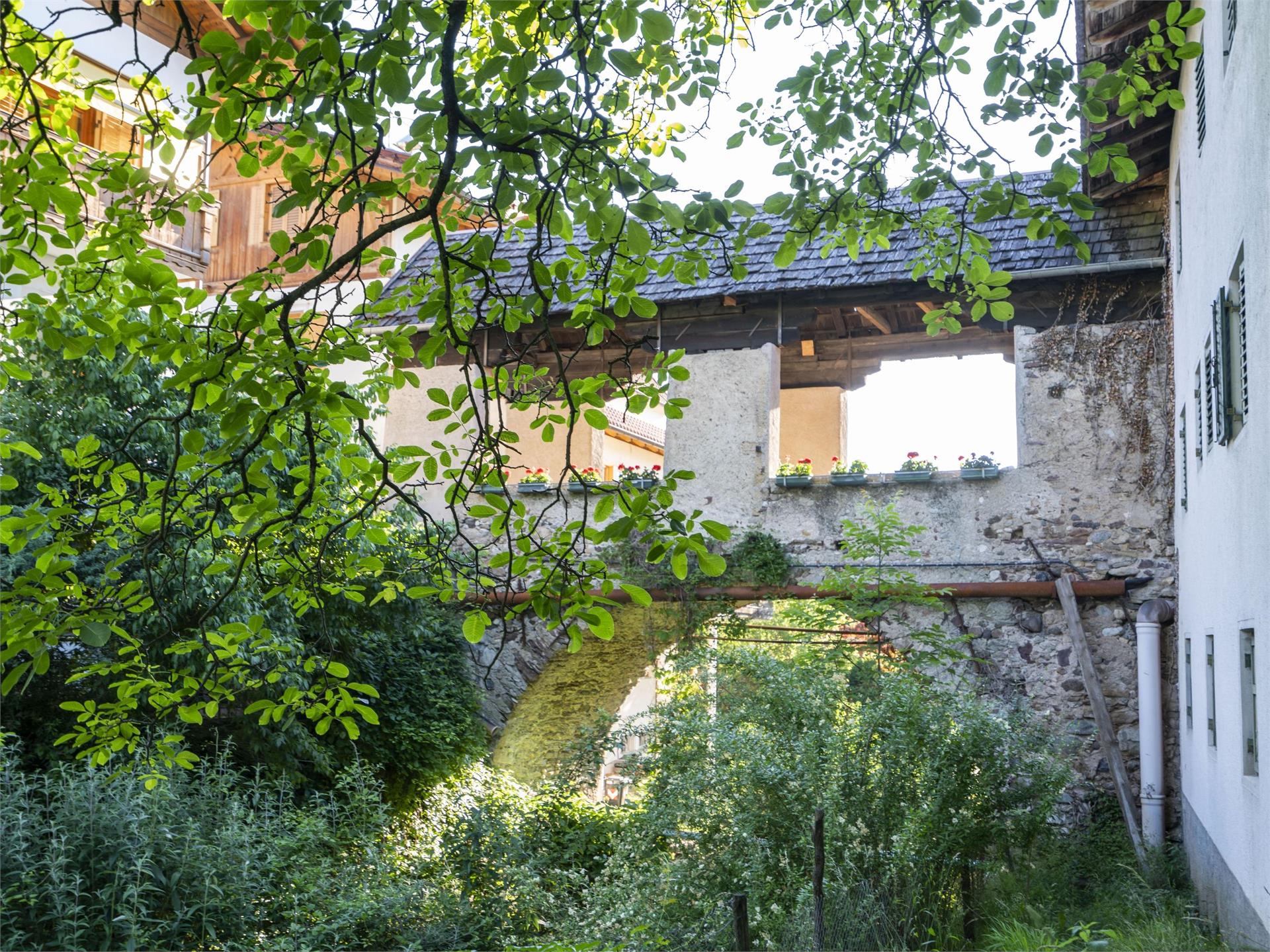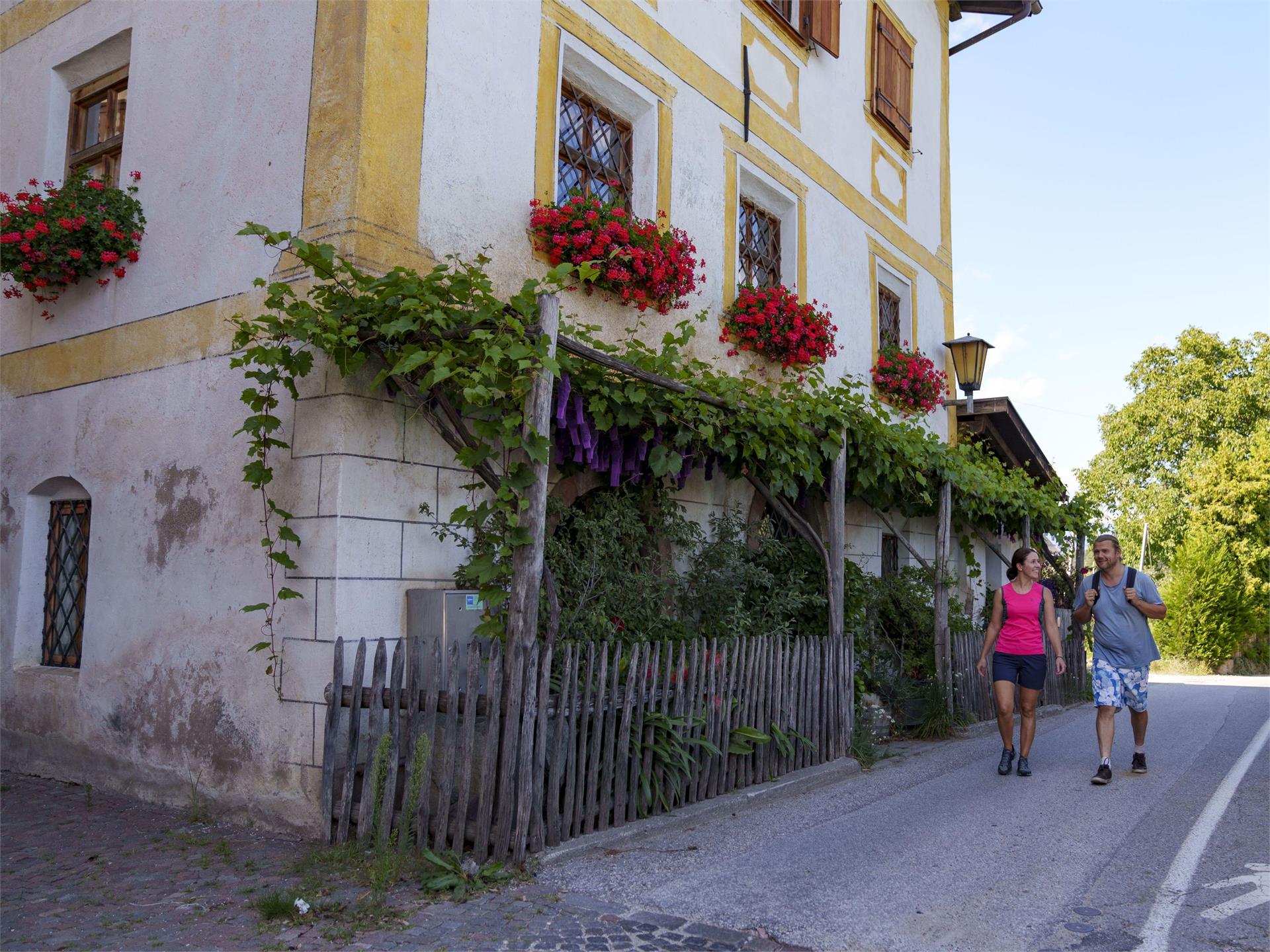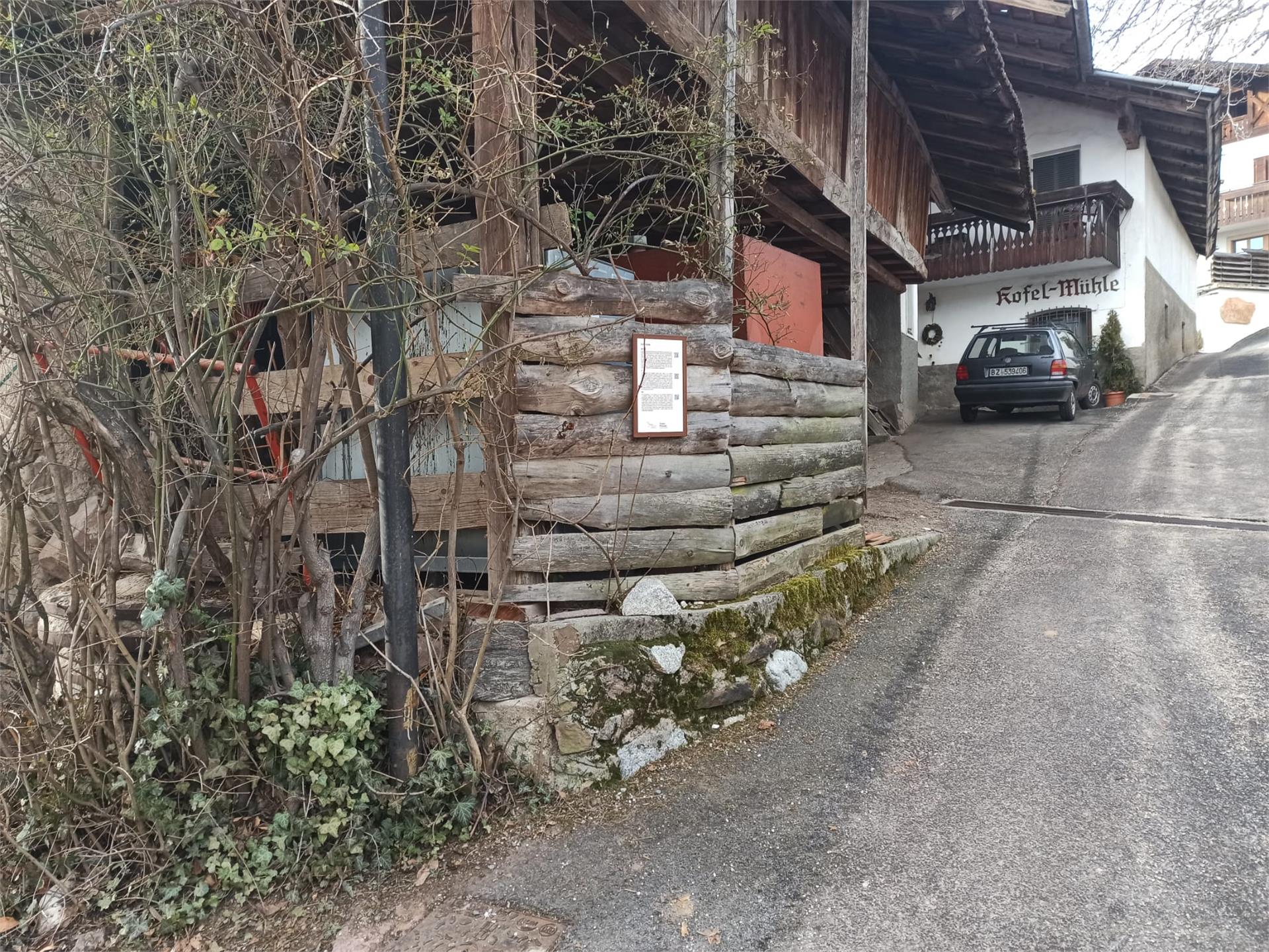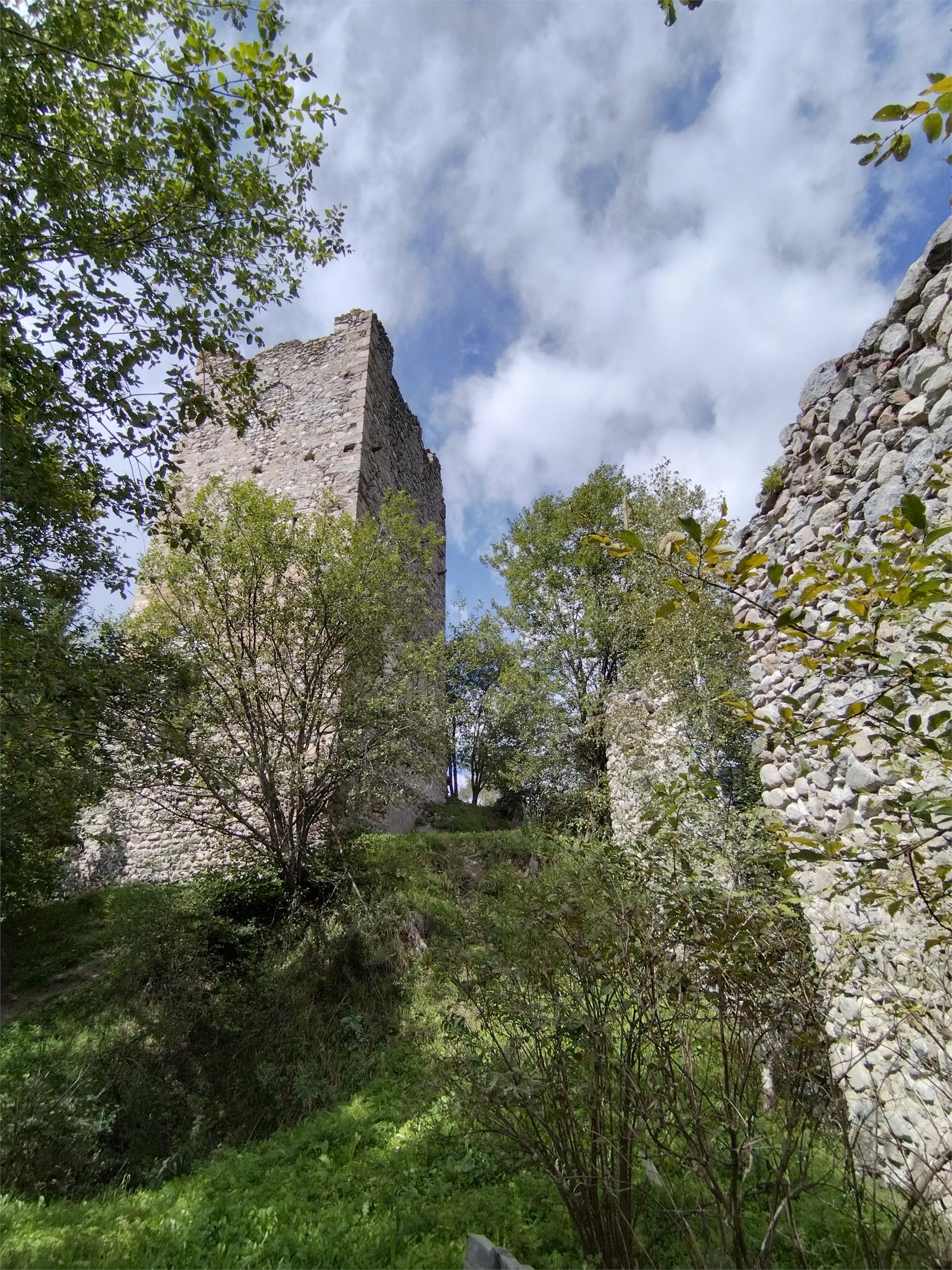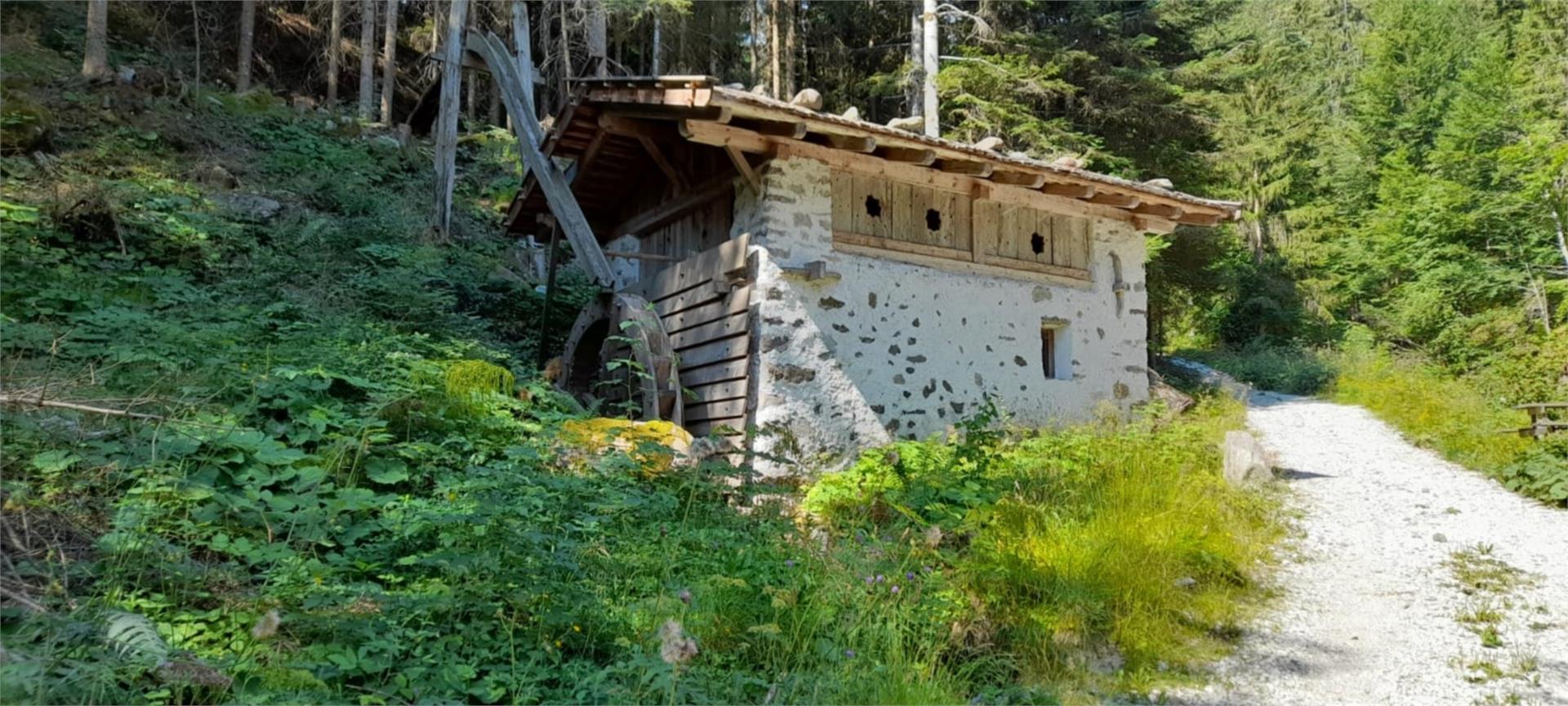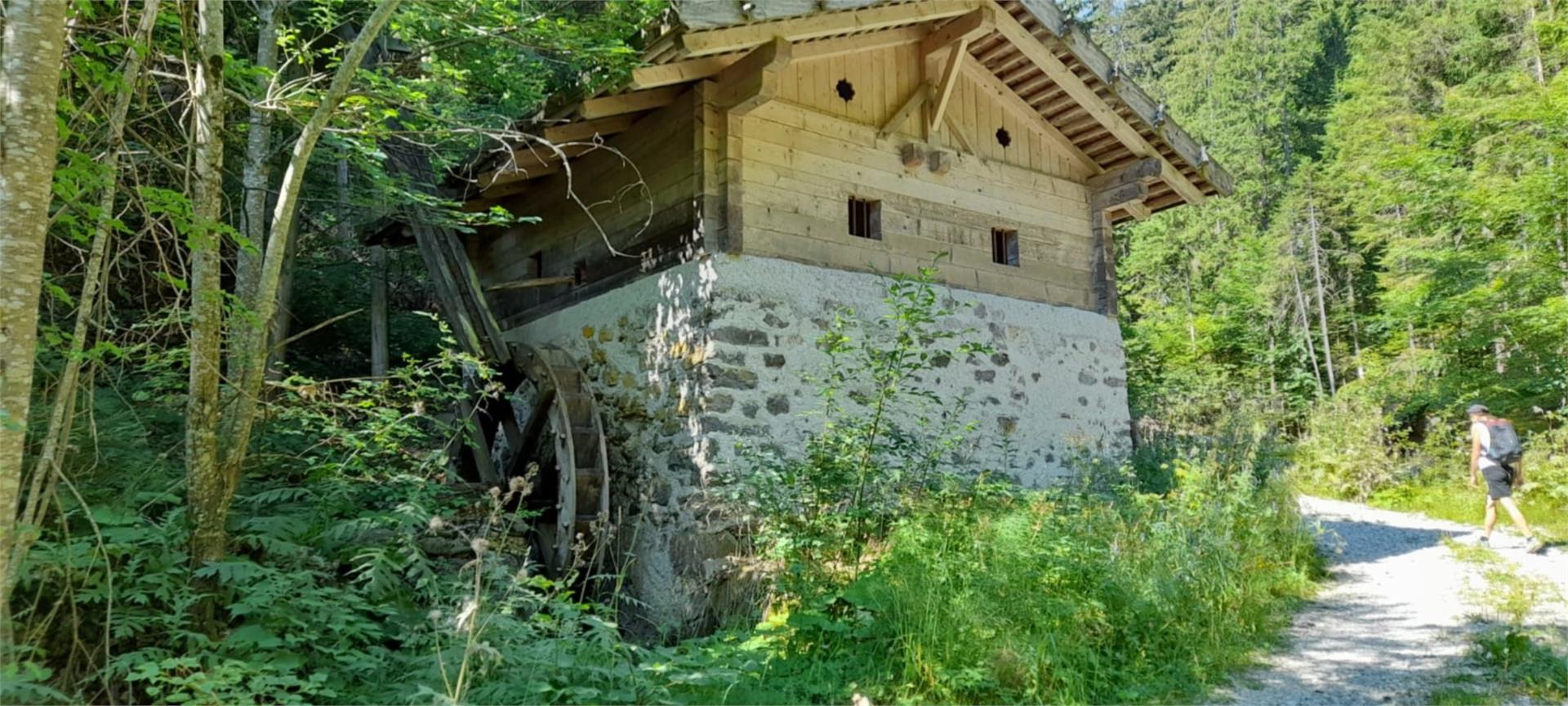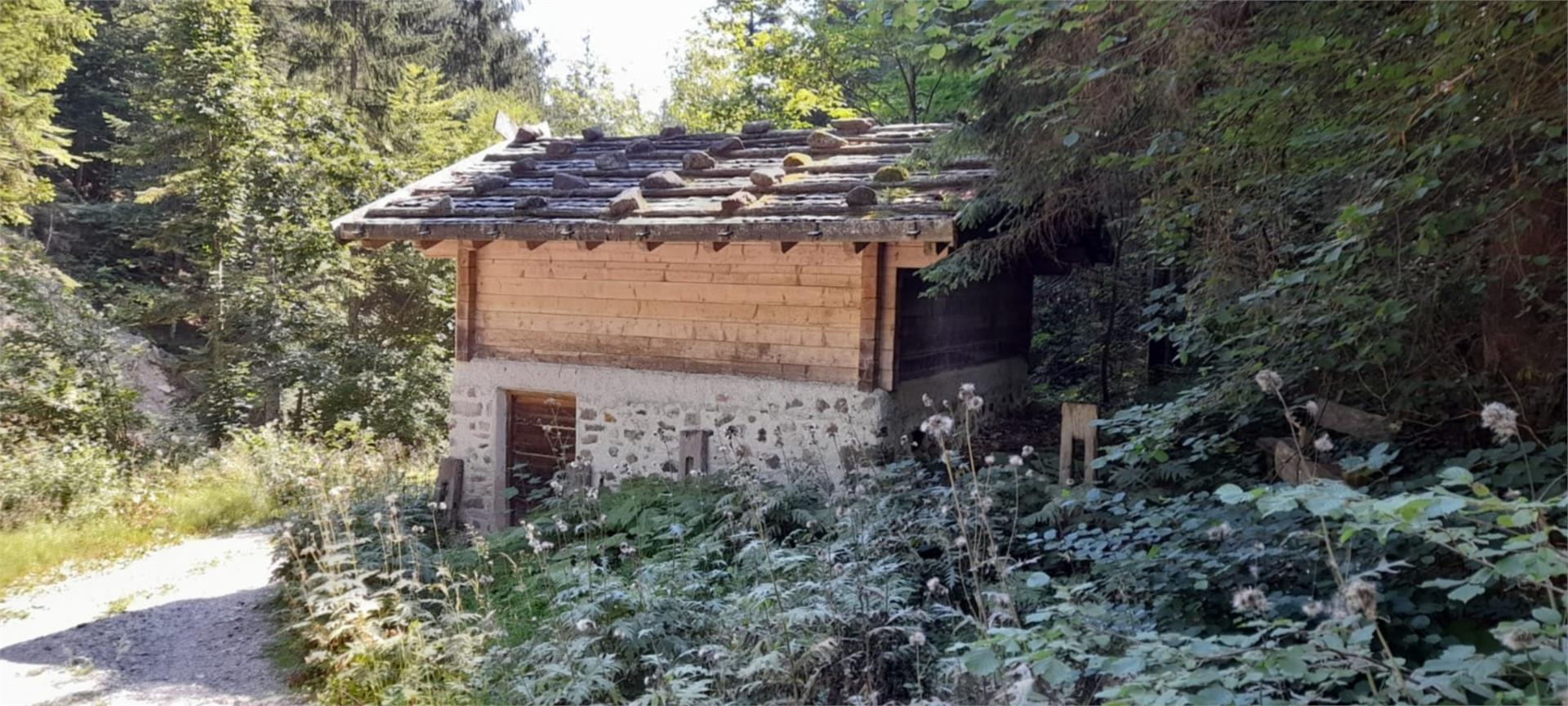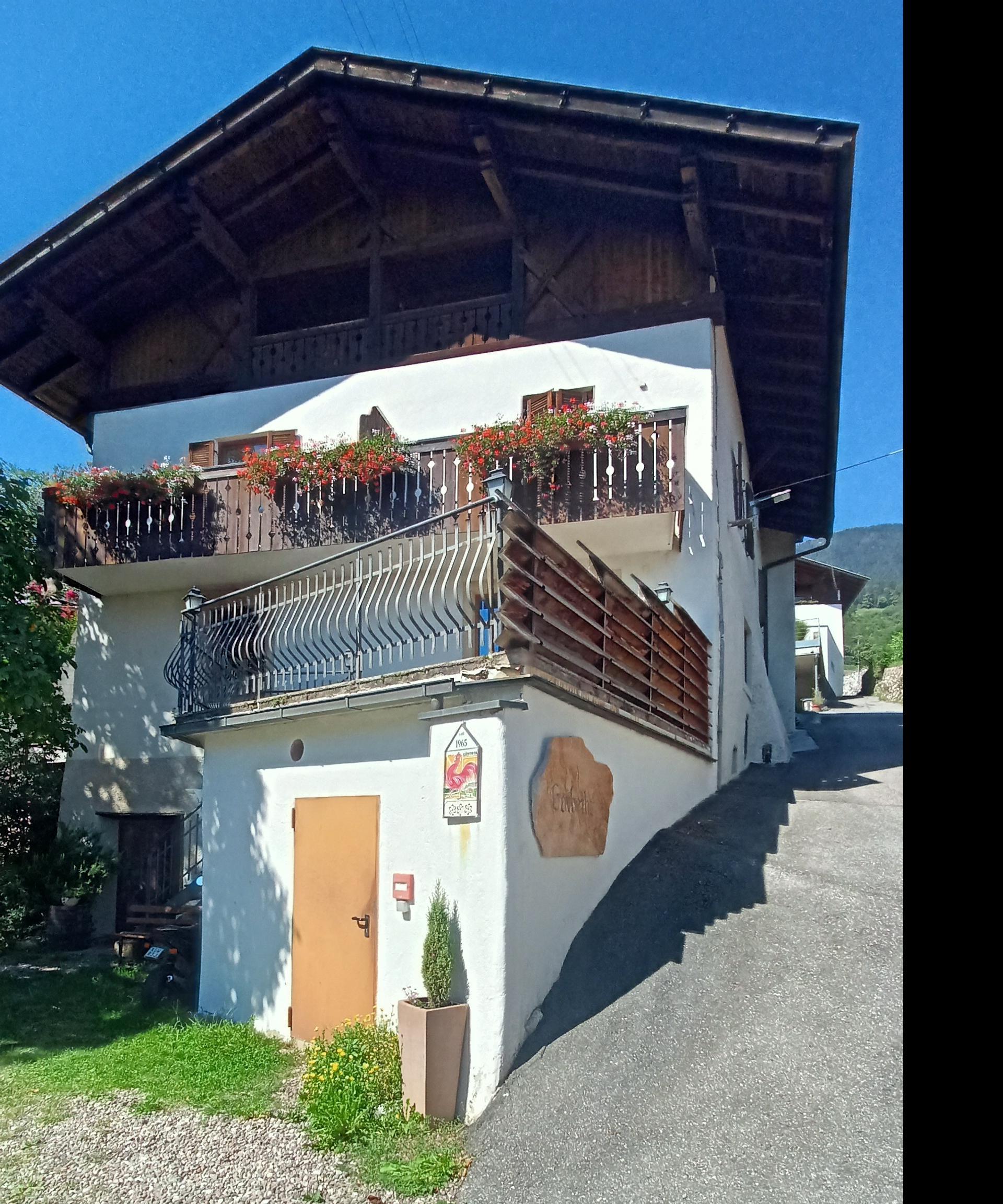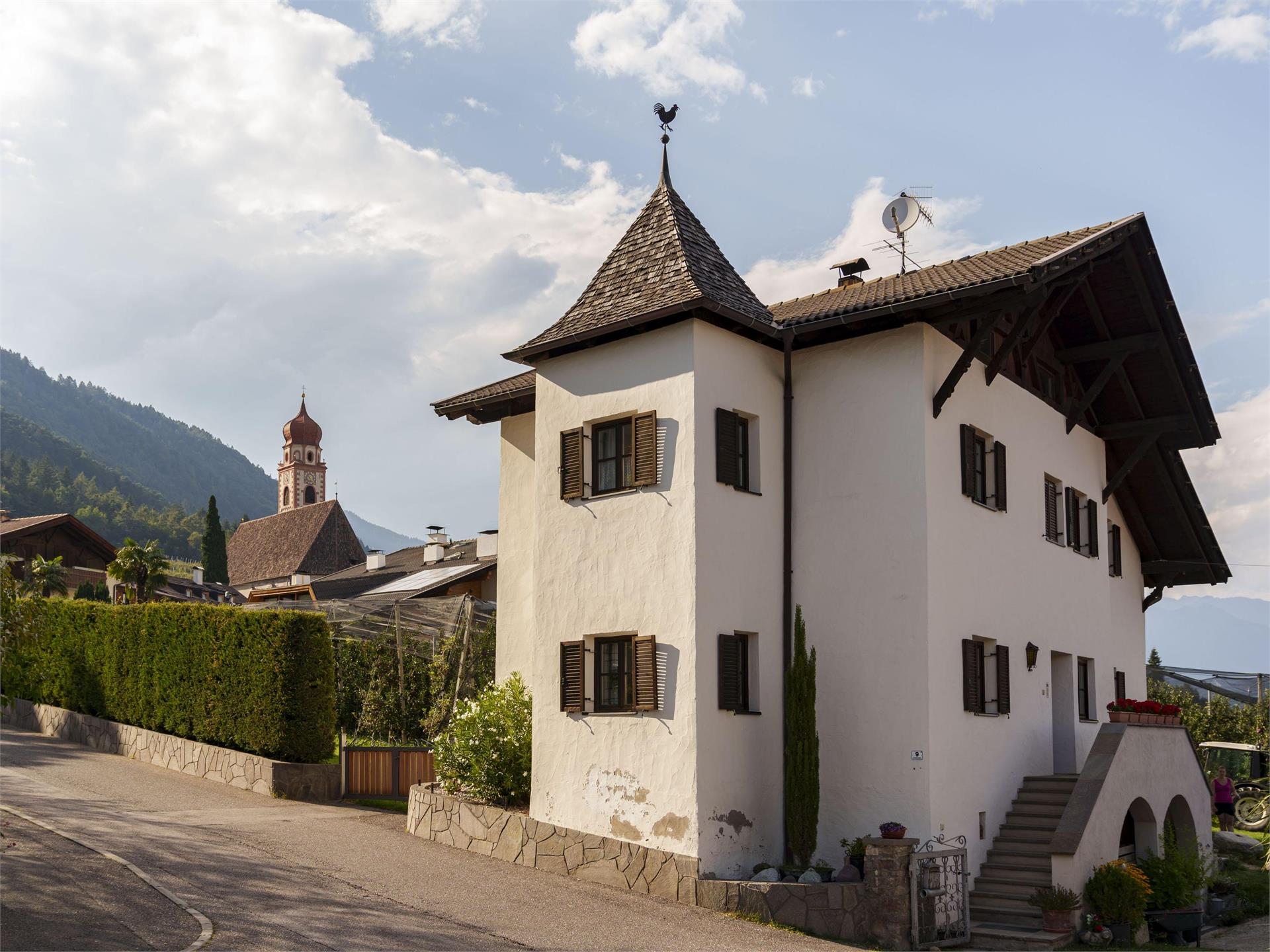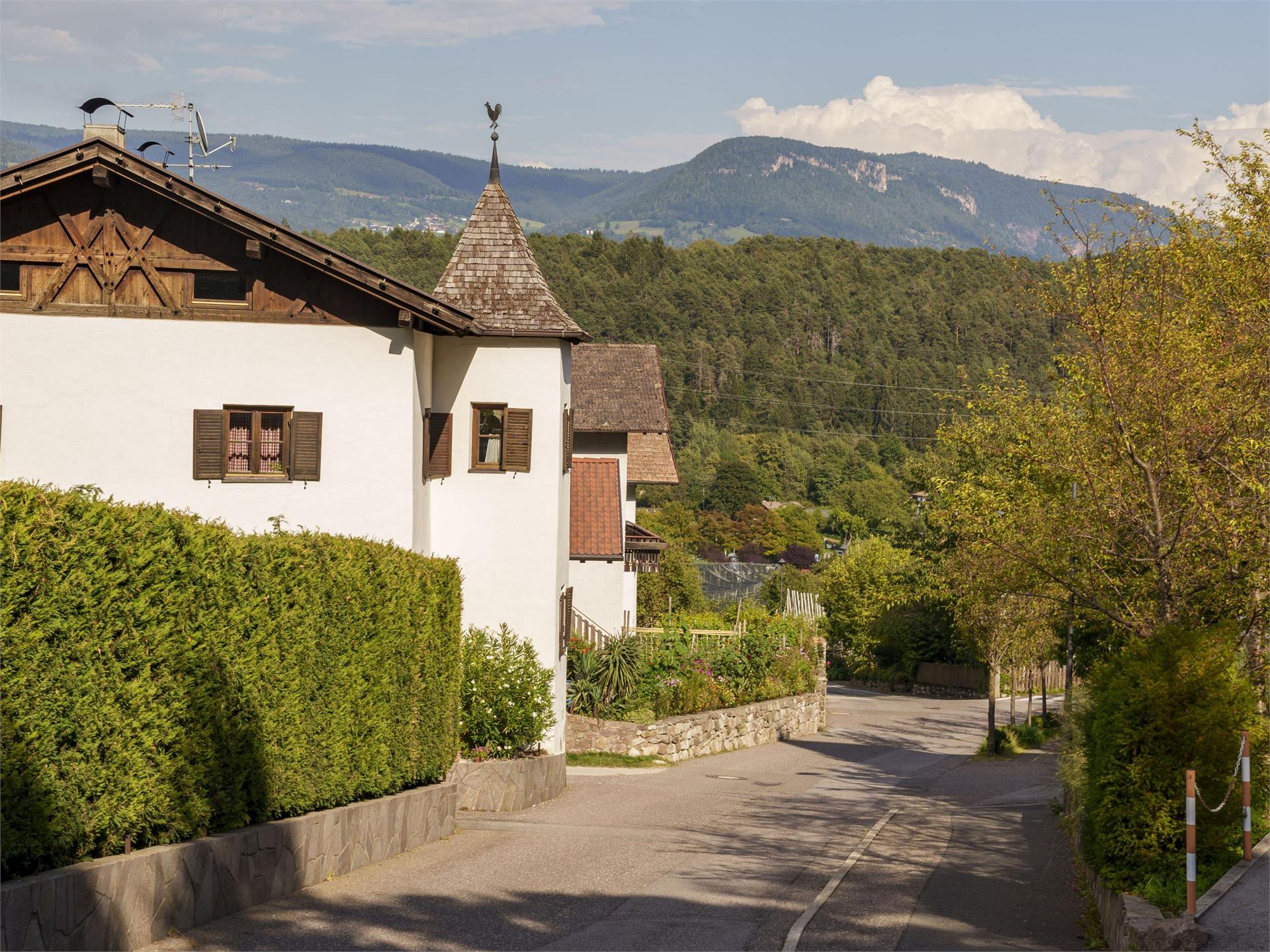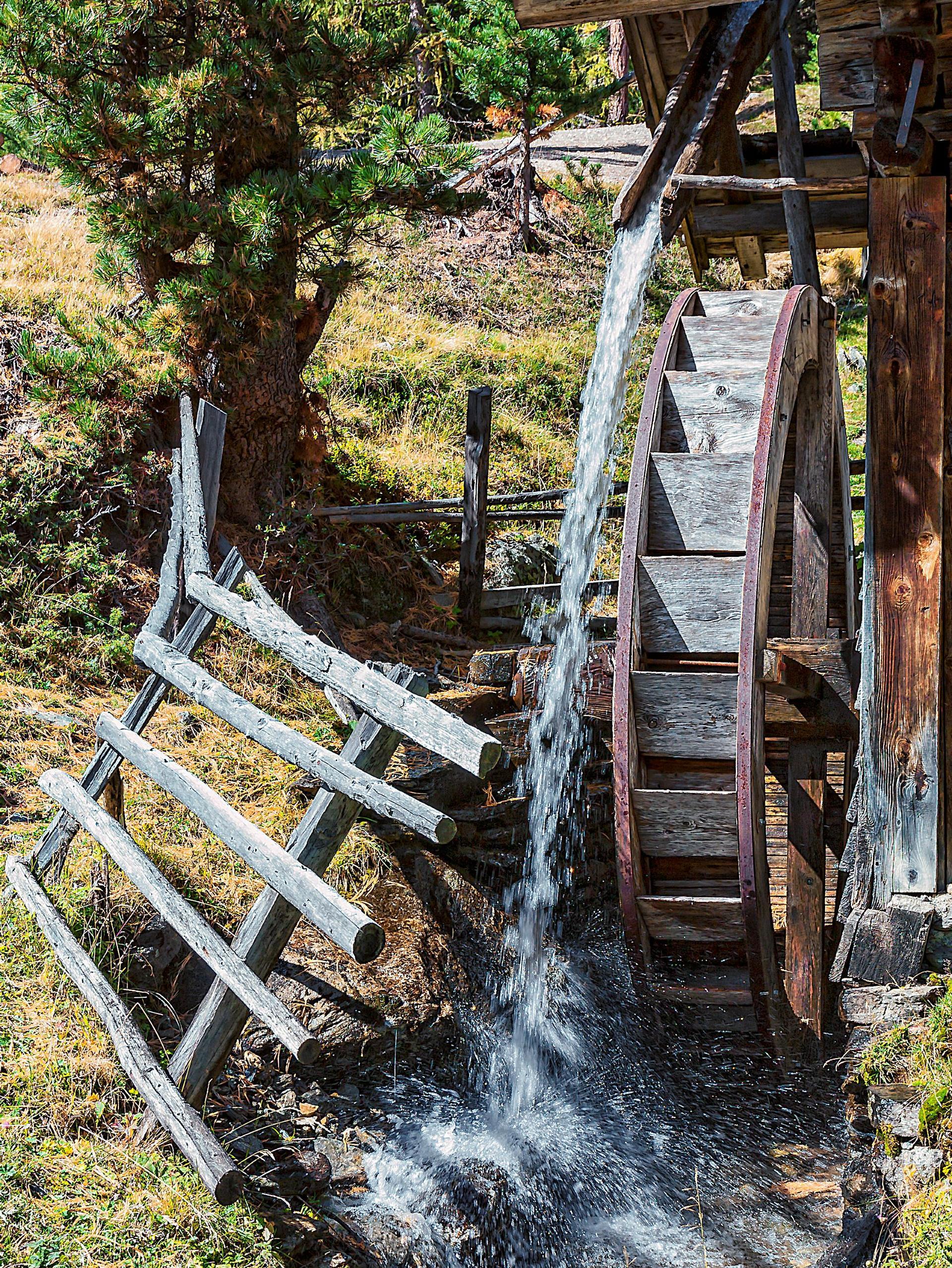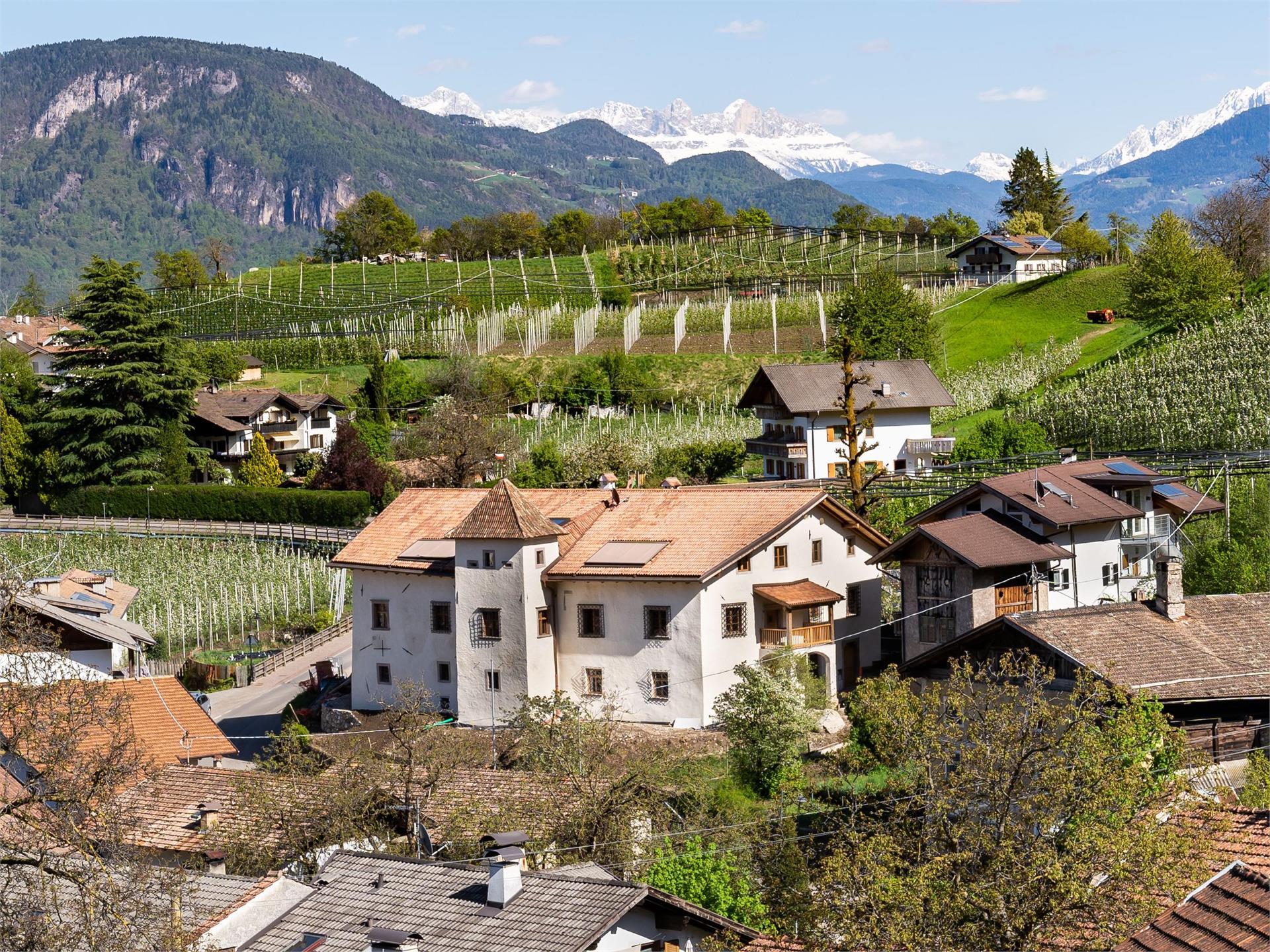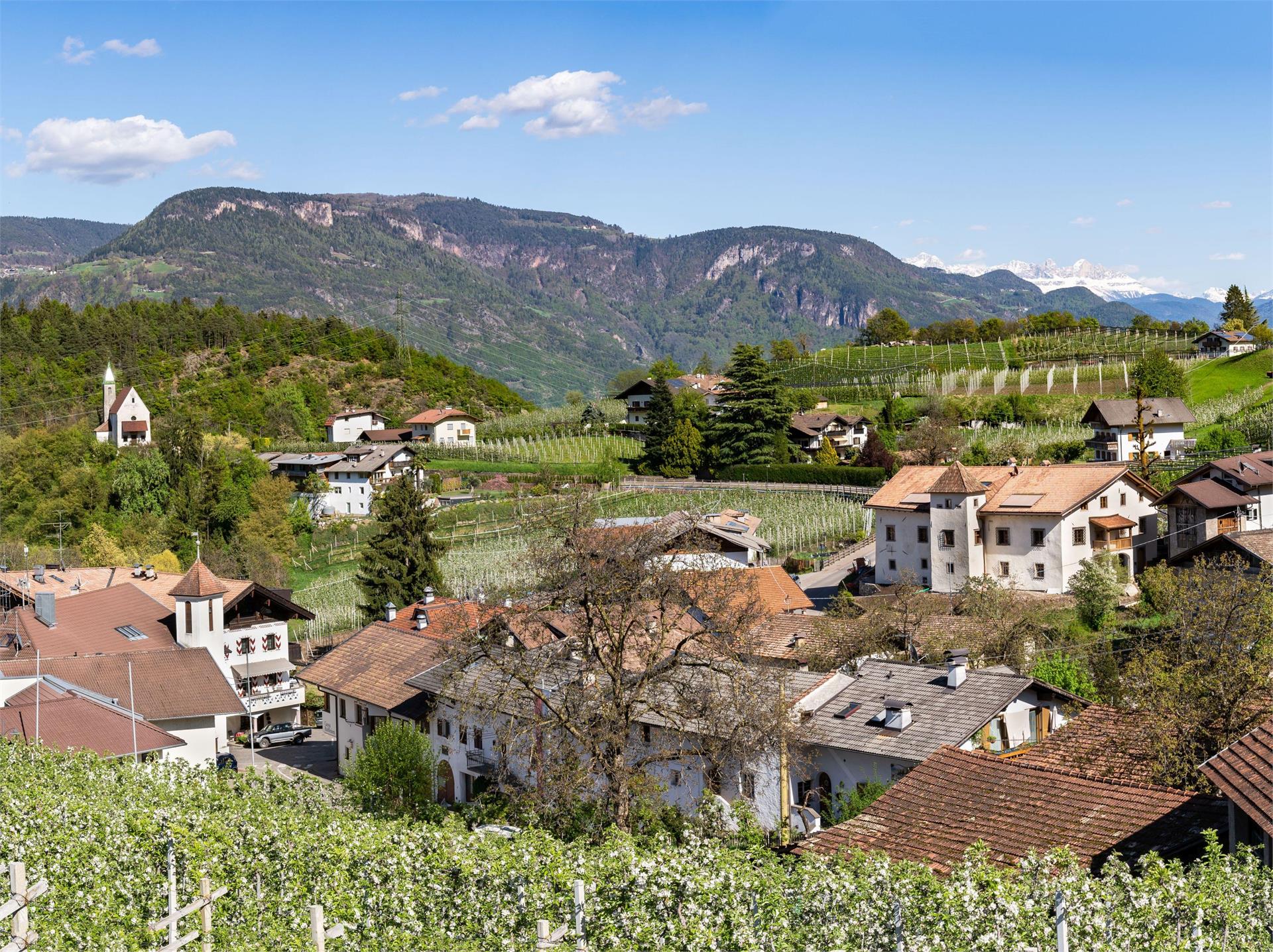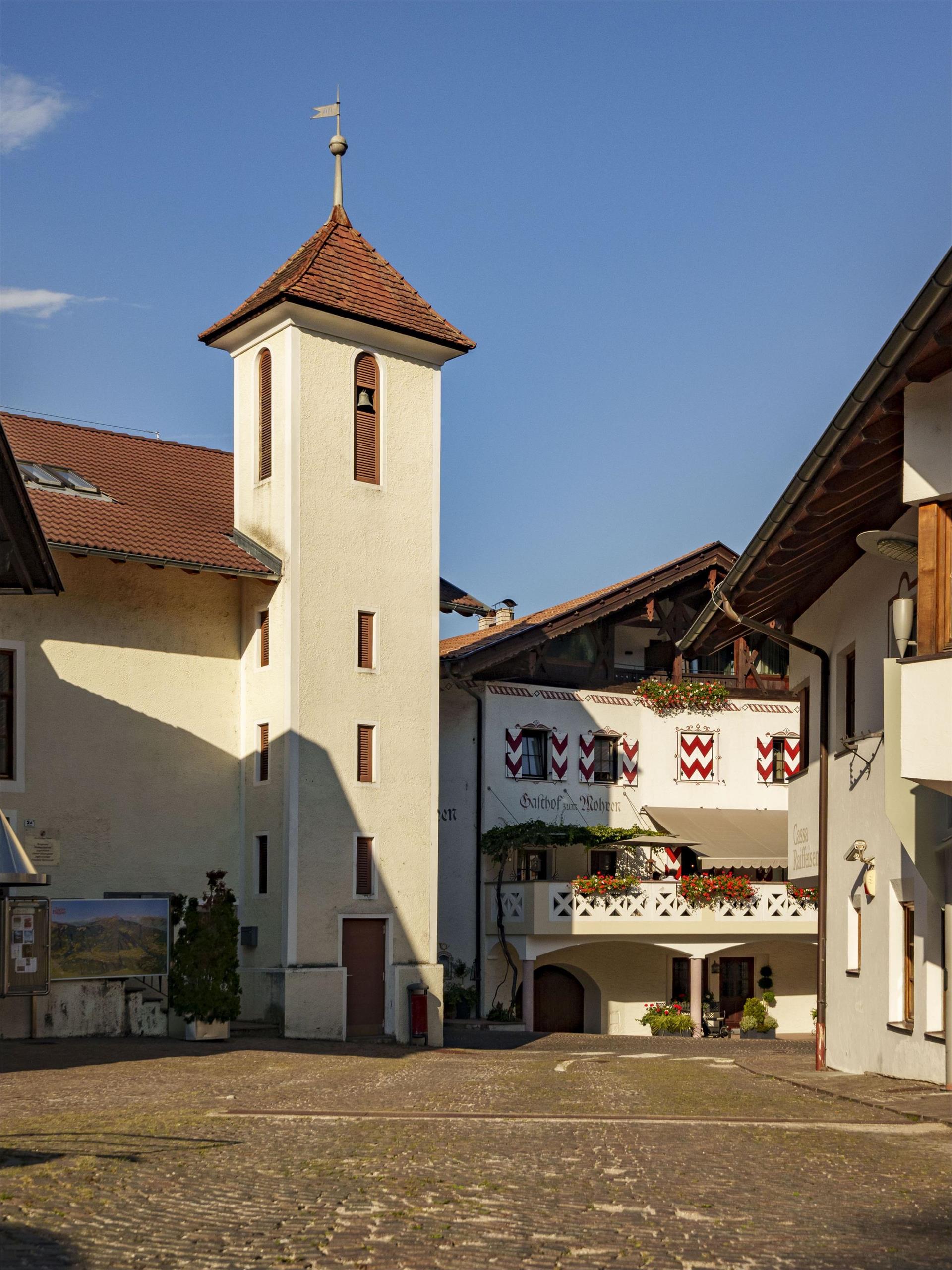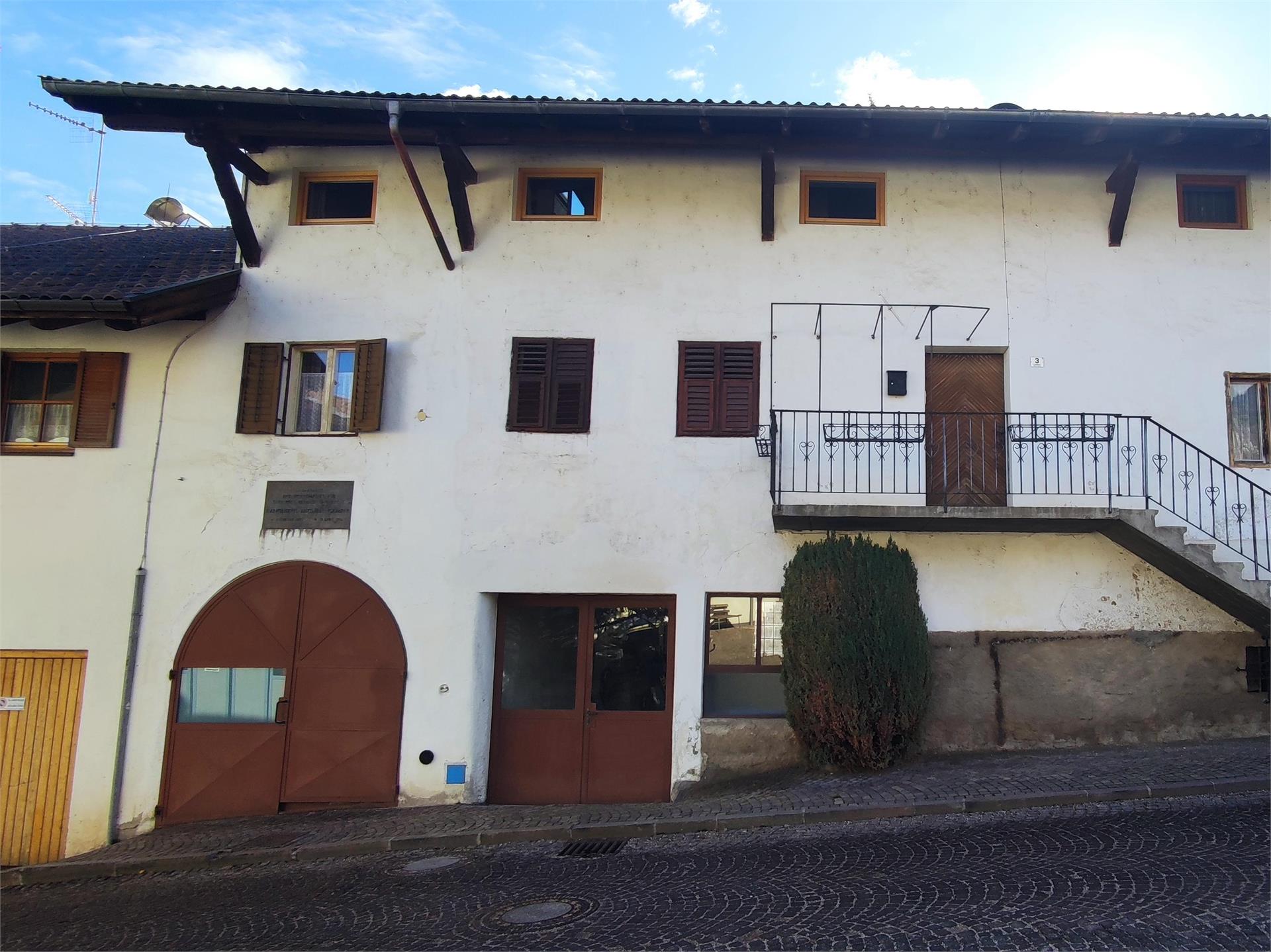Over time, it became the property of the Tyrolean counts, and Engelmar von Willanders later became the owner of the Schoneck estate. Today, not only the cathedral is preserved, but also fragments of the palace, ruins of the chapel and fragments of the historic wall. In the ruins of the castle chapel there is also a fresco by master Michael Pacher. The castle is private property and inaccessible. Today, there is also a restaurant of the same name nearby.
The castle is private property and may not be entered.
